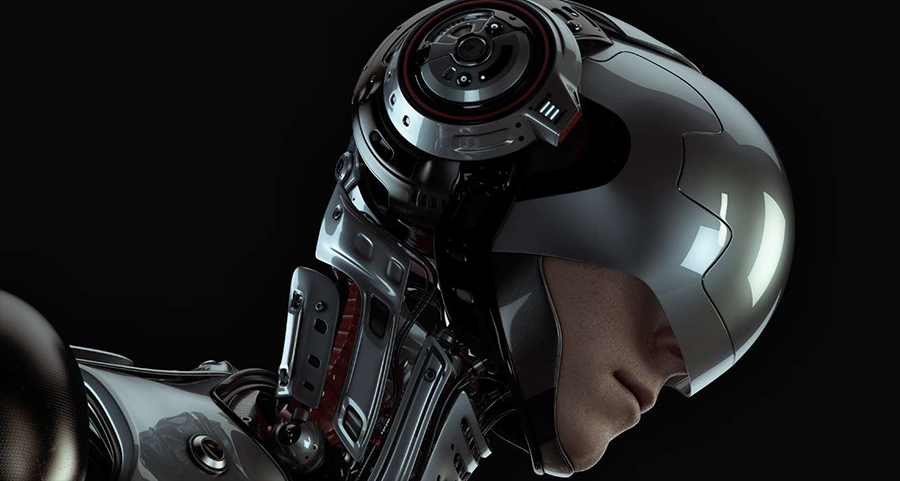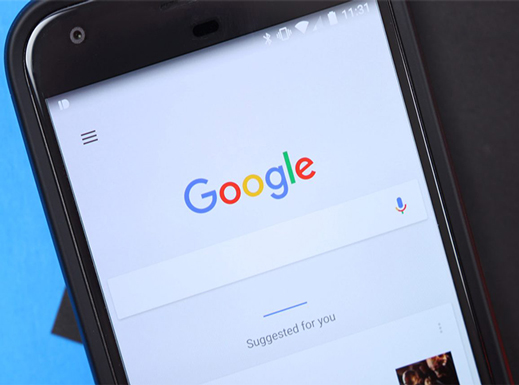
“Retain the best and grow the rest” – Adam Posner (CEO of Directivity)
Loyalty programs have been in the marketing landscape for many years. It is rare to find a large brand that has frequent customer interactions that does not have a loyalty program. Looking to Coles and Woolworths, whose loyalty programs amass a huge fifteen million members, and talking to marketing specialists about what makes a successful program tick, one can begin to unpack the method behind designing a successful and valuable loyalty program.
Loyalty Programs are Good for Customers and Businesses
Loyalty programs are not just a take, take, take for customers of a brand. A well-oiled loyalty programs is more like a value exchange between the brand and its community base. The flow of value to the customer is in the form of rewards from the brand. The brand, of course, is rewarding the loyal community member for time spent, money spent, points accrued or all the above. However, very interestingly, the flow of value in return is split into a tangible and an intangible flow. Tangibly, the brand starts collecting mountains and mountains of important consumer data that can be sold. This data relates to intent to buy, helpful segmentation data, online behavioural data, personal details; all of which is highly valuable to the marketing industry as well as to the business itself. Intangibly, the relationship, loyalty and connection a brand can develop with its community by rewarding members for interacting the business is immeasurable. The reward program can help augment behavioural patterns in customers, build resonance and affect a real emotional connection with the brand.
The Keys to Success
Understanding what your loyal customers expect from your program is key to having a successful loyalty scheme. A Loyalty Point study in 2014, found that a primary reason a member is likely to leave a loyalty program is due to a lack in timeliness of being rewarded. Also finding new ways to engage your community is an excellent way to make your loyalty program a success. For instance, Myer One has an interactive app that allows users to download digital rewards and see their current level of points, thus, engaging their community base on multiple channels. Jamima White, Myer One’s general manager, also puts down the program’s success to simplicity and as few barriers to sign up as possible.
Screw Listening!
Qantas on the other hand did more harm than good to their loyalty program when they overhauled it in 2015. The issue Qantas was trying to solve was the elevated level of competition in the airline market. Geoffrey Thomas told Fairfax media:
“Two to three years ago, Qantas didn’t have any competition in business class of full service economy, but they now face very real competition from Virgin Australia. Today, many people are members of both Qantas and Virgin Australia loyalty programs, and they can make choices to swing one way or the other if one is annoying them. Passengers don’t think of it as points; they think of it as dollars. Let’s not beat around the bush, brands need to retain their customers more than ever before. One way to get them to stay is a loyalty program. But f**king it up by upsetting members, going in too hard and fast, or being fiddly with rewards could break that established trust.”
Co-Created Content is the Future
With over 88% of Australian consumers now a part of a loyalty program in some form or another, more and more businesses are getting behind the idea. In today’s modern marketing environment, more value can be exchanged and co-created content can flow because of well run, trusted and successful loyalty programs, much like the Coles, Myer and Woolworths examples.

















 A lot of people will tell you time is money. This is short sighted, what on earth does ‘time is money’ mean? Instead, replace money with value. The key to the future of capturing customers’ hearts and minds is through the concept that society’s new currency is time to value, rather than time is money. This means, the shorter the customer journey is, with the least number of barriers to content that delivers value, is the future. This was evident in a recent ZeroDesktop Mobile Analytics study, showing users return to Google (app and Chrome), on average, 12 times per day. It also found 81% of Australians say their smart phone searches are more focused on immediate information; 80% of Australian’s say they now access the internet more frequently but for shorter bursts. Australian’s are intrinsically connected to their phones via ‘moments.’ A phone is just an extension of a user’s consciousness, with a smartphone also there when ‘I want to; go, know, do or buy moment’ enters a consumers thoughts.
A lot of people will tell you time is money. This is short sighted, what on earth does ‘time is money’ mean? Instead, replace money with value. The key to the future of capturing customers’ hearts and minds is through the concept that society’s new currency is time to value, rather than time is money. This means, the shorter the customer journey is, with the least number of barriers to content that delivers value, is the future. This was evident in a recent ZeroDesktop Mobile Analytics study, showing users return to Google (app and Chrome), on average, 12 times per day. It also found 81% of Australians say their smart phone searches are more focused on immediate information; 80% of Australian’s say they now access the internet more frequently but for shorter bursts. Australian’s are intrinsically connected to their phones via ‘moments.’ A phone is just an extension of a user’s consciousness, with a smartphone also there when ‘I want to; go, know, do or buy moment’ enters a consumers thoughts.